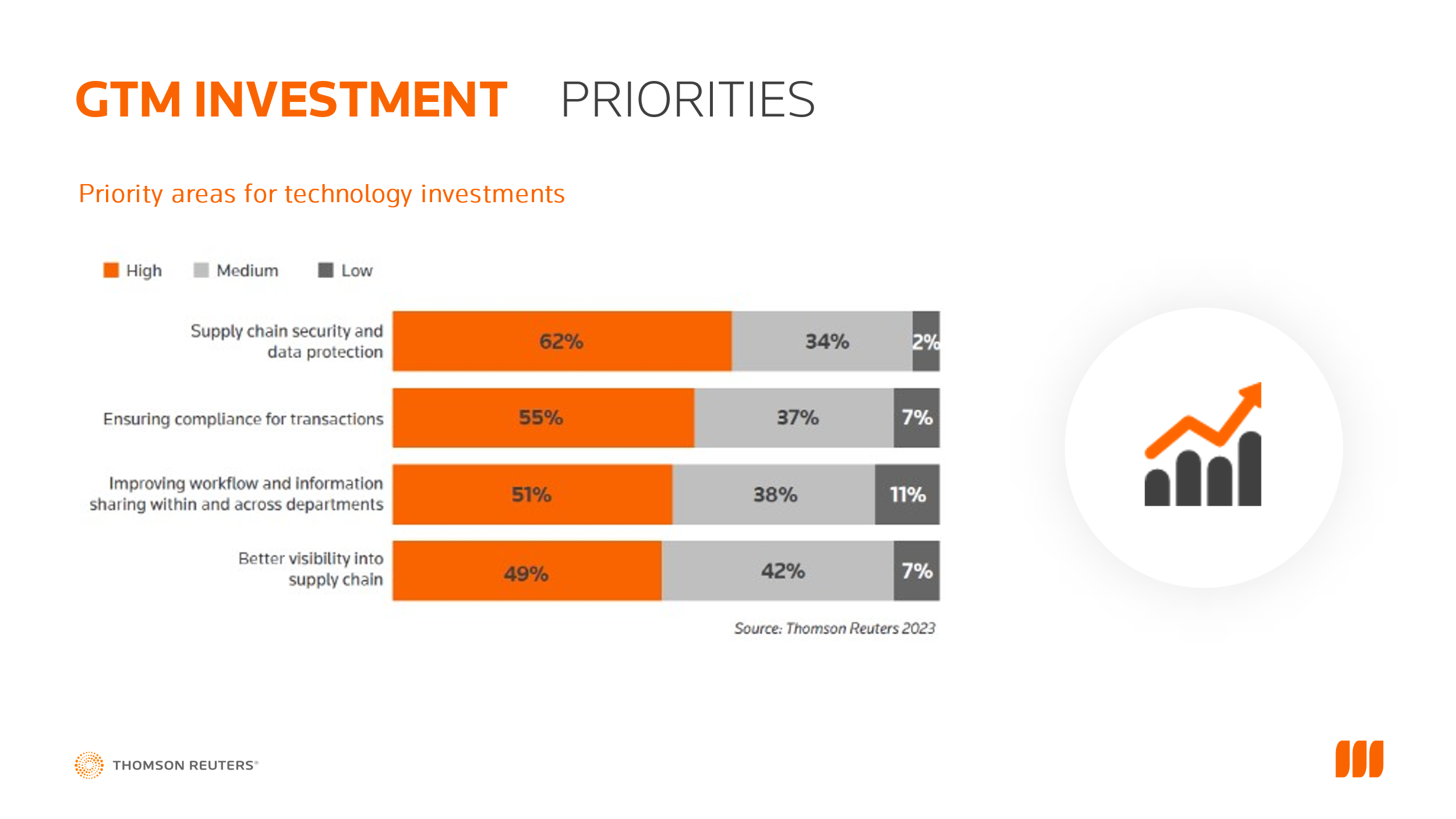Head of Product at HRMS Company Says A.I. Is the Copilot and Not the Replacement in the Payroll Industry
In a recent discussion on the role of artificial intelligence (A.I.) in the payroll industry, the head of product at a human resources management systems (HRMS) company said that the next-generation technology will function as more of a copilot for employers, practitioners, and professionals, rather than as a replacement of human talent.
Until technology began to catch up, payroll was primarily a manual process through the first half of the 20th century. In the 21st century, cloud computing, SaaS (Software as a Service), APIs (application programming interfaces) all offer assistance to the complex and ever-changing landscape of payroll. Now, generative A.I. solutions are providing more tools to assist payroll professionals in their continuously expanding role to ensure that employees are compensated fairly, taxes are handled correctly, and compliance with the numerous employment laws is maintained.
But is there a human capital cost to these advancements or can these new applications get payroll a bigger seat at the table regarding the ongoing success and expansion of an organization? How does a payroll professional best navigate the buzz and hype around next-generation A.I. and drill down to the tasks and functions that will be best served using this latest technology, without running afoul of the myriad of compliance requirements?
“I know some folks have said, ‘Oh, that’s going to die and no one’s going to have this job anymore,’” Aaron Goldsmid, Head of Product at Deel, began about the future of the payroll professional. The San Francisco resident explained, “Every time we’ve seen any sort of technology innovations, from the industrial revolution on, we’ve had the same narrative – everyone’s going to be out of work.”
However, Goldsmid instead believes that these new tools will provide payroll professionals with more leverage regarding how they do their job and how it affects their organization. “It has never replaced people completely,” he said about technological innovations over the years.
With regard to the numerous functions of the payroll industry, Goldsmid says, “There’s a lot of reconciliation, there’s a lot of combing through regulatory changes, there’s a lot of international and global payroll compliance, [and] there’s a lot of forms.” He explains, “These are all problems that are incredibly well serviced by A.I., RPA (robotic process automation), and everything in that light.”
Ultimately, Goldsmid believes, “The future for a payroll professional is one where they get to do the fun, interesting part of their job – they get to be the expert and the toil goes away.”
To Goldsmid’s point, his company, Deel, is present in 140 countries with a large team of professionals in legal and compliance working across a global scale where its knowledge base has been ingested into an LLM (large language model) called Deel IQ where professionals in the company who have payroll inquiries could be asking complicated questions and get nearly instant responses. The leverage A.I. provides, according to Goldsmid, is to free up the payroll professional so that bigger, more impactful decisions can be made by the human resource.
“The way I like to think of it, if you think of the job of a copilot, the reality is that their job is mainly to manage the workload so that the pilot can focus on making important decisions,” Goldsmid said. He explained that staying on top of the more “copiloted” decisions was a competitive advantage to larger businesses, “[but A.I.] democratizes it so that smaller companies can operate globally, which means they [can] access a global talent pool.”
He noted that if someone asked a payroll professional five or more years ago who just worked in the U.S. to prepare to expand operations in 40 countries, “You could have guessed the answer.”
“A.I. products are solving the problem,” Goldsmid said, regarding providing opportunities for all businesses to expand their footprint in the world of business. He added that A.I. can also help expansion by looking across multiple markets, viewing new rules and processes, and “being able to summarize them and monitor for that.”
“All of these things are the work that a payroll professional has had to do, or they’ve had to go to outside counsel or an advisory firm,” Goldsmid said, expressing how A.I. has helped to level the playing field for more businesses looking to expand by assisting with more copiloted payroll decisions.
Goldsmid reiterated his aviation-related analogy when it comes to the topic of payroll compliance. “The cost of getting it wrong is real,” he began. “Not only are there fines, or, you know, issues, but you’re actually mucking with people’s pay, [which] is really quite bad.” This is why he recommends never letting A.I. be “the decider.” “A.I. is the copilot [and] the decision is owned by the payroll professional.”
Regarding workforce planning on a global level, Goldsmid thinks that the role of A.I. in the process is “going to be really interesting because the thing about A.I. is that it takes a bunch of disparate signals and draws statistically significant conclusions – maybe not always the obvious ones.”
He stressed to “never take the human out of the driver’s seat” when it comes to the payroll decision-making process, “but it’s like everyone gets a team of dedicated analysts…that work at a lightning pace” when A.I. is added to the equation.
For internal controls to prepare for any possible government audits around payroll, Goldsmid believes A.I. can help to stay in compliance. “It’s a data mining problem that A.I. can solve for,” he said. “Let A.I. find the needle in the haystack, find the patterns that are weird and wonky – that are potential mistakes or fraud.” Goldsmid says that an organization can use A.I. to find idiosyncrasies “before it even gets to the IRS” as a stopgap measure.
He questioned that without A.I. in its “copilot” role, “do [businesses] have the time or investment made in human capital to solve these sorts of problems?” Goldsmid noted that “generative A.I., A.I., and anomaly detection make [solving audit problems] more possible.”
When the topic turned to laws regulating A.I., Goldsmid said that he feels comfortable with any new laws, regulations, or guidance because “there is still a human making a decision who is an informed professional. “This is why the need for the payroll professional is never going away,” he added.
He admitted that there may be some who will “let the computer make the decision to save a couple of bucks,” but Goldsmid thinks that “in the long run, that’s going to cost them a lot more because they’re going to end up doing some things that are going to be problematic.”
In closing, Goldsmid said that “there is an immense amount of distance to cover” when it comes to generative A.I. and “even the pre-A.I. stuff…that’s been around for 20 plus years.” “Yes, we’re all excited about the new [generative A.I.]…but let us get the underlying systems really good, really efficient,” he said. “Make it so the number of manual corrections and resolutions you have to do every month for close goes down.”
To learn more about how Checkpoint’s payroll solution can help your business, visit https://store.tax.thomsonreuters.com/accounting/Practice-Area/Payroll/c/2400.






